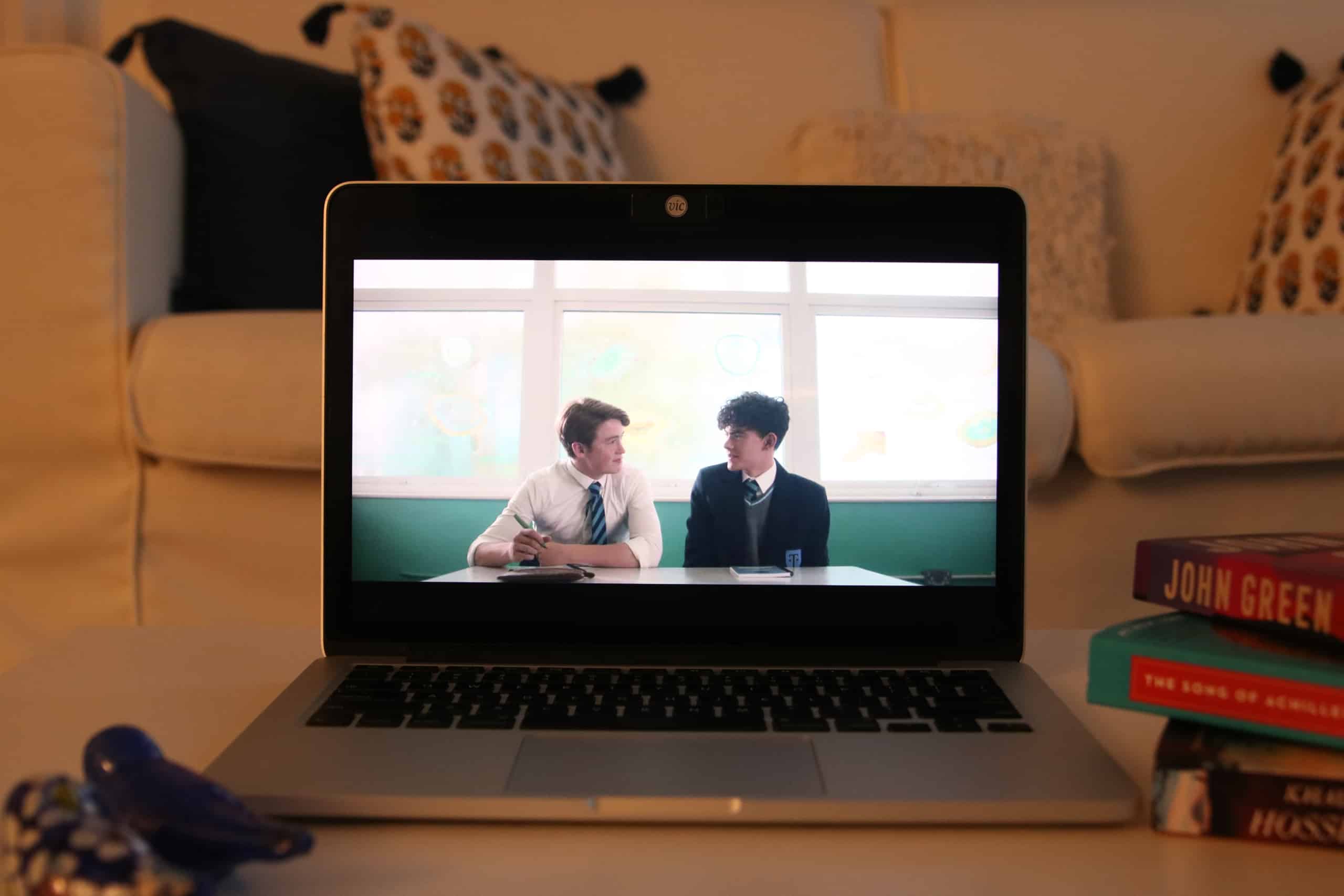It is clear that the romance genre is incredibly popular, given the success of TV shows such as BBC’s Normal People and Netflix’s Bridgerton. This comes as no surprise; after all, who doesn’t enjoy watching people find love? I’m certainly not immune to these shows.
However, I hated the romance genre growing up. At first I thought that this was just because it bored me; however, as I grew into my own identity as a bisexual woman, I realized that I didn’t like romance because I could never see myself in any of the characters. Once I came to this realization, I began to seek out romances with LGBTQ+ themes.
I quickly discovered that these storylines almost always existed as side plots, and though happy endings did occur, they were always achieved with levels of hardship that were unrelatable to me. I felt the drama surrounding LGBTQ+ relationships was too intense and the prospect of the characters getting together often seemed hopeless. The resolutions achieved after these hardships fell flat for me.
That’s why I feel that the arrival of Netflix’s Heartstopper has shifted the focus from sad, dramatic LGBTQ+ narratives to happy and hopeful ones. Created by Alice Oseman, Heartstopper saw its beginnings as a webcomic before being adapted for the screen. It follows Nick and Charlie, two teenage boys who form an unlikely friendship that transforms into something deeper over the span of a few months.
As a fan of the webcomic, I was incredibly excited for the show’s release. My friend and I sat down and binged the show from start to finish as soon as it was released, and once we were done, all we could do was smile. The show was such a breath of fresh air to me and I felt lighter after having finished it, especially when compared to other LGBTQ+ media.
A great example of a comparable show is Netflix’s Young Royals, released last summer. The show depicts a romance between a Swedish prince and another boy when they meet at their boarding school. While these two shows have similar storylines superficially, Young Royals is much more dramatic. It’s able to be as dramatic as it is because the external obstacles that the characters face warrant it — the protagonist is a prince, after all.
Granted, Young Royals is just following a tried and true storytelling method, which demands larger climactic moments to promote as much catharsis as possible from the audience. On the other hand, Heartstopper does not place its characters in impossibly complex scenarios. Instead, it portrays figuring out sexuality and identity as the central conflict.
The show sees Nick come to terms with his sexuality, which he reevaluates due to his attraction to Charlie. Perhaps the most notable scene is when Nick takes an online quiz titled “The Ultimate Gay Quiz!” in which he scores “62% Homosexual.” A tear slips down his cheek as he reads the results, finally forced to recognize a part of himself that he had kept buried for so long.
This moment spoke to many viewers, myself included. Taking these ‘am I gay?’ internet quizzes is a common part of the modern LGBTQ+ experience, and Heartstopper portrays this internalized conflict realistically. Nick is ultimately able to come to terms with his sexuality without being traumatized for purely dramatic tension.
But why Heartstopper? Why is this the first show of its kind that we are seeing? When I used to watch sidelined LGBTQ+ couples on TV, a question relentlessly tickled at the back of my mind: does society just not see our stories as worth telling? The queer experiences of me and my friends weren’t nearly as interesting or dramatic, and since LGBTQ+ identities don’t get a lot of representation, little of the regular and authentic LGBTQ+ experience has been portrayed on screen.
Most of the time, LGBTQ+ people need to be subjected to trauma or heartbreak in order to make our experiences more watchable and, more importantly, easier for straight audiences to digest. Production companies tend to accommodate homophobia by caring more about backlash from the intolerant majority than reflecting authentic stories of a minoritized group. Since media that positively depicts the LGBTQ+ experience risks alienating a larger heterosexual population, TV show executives often pander to straight audiences, even while telling LGBTQ+ stories.
On the contrary, Heartstopper is a show designed with LGBTQ+ audiences in mind. I remember my heart skipping a beat while watching when Nick says that he is “definitely bisexual.” Even the majority of LGBTQ+ shows often gloss over this questioning of sexuality, refusing to have their characters openly ascribe to a certain orientation or identity.
Nick saying that he’s bisexual made me feel seen. While some prefer not to label themselves, this type of representation is extremely important for many LGBTQ+ audiences nonetheless. When characters in media explicitly define themselves, it gives the spotlight to that identity and tells people who identify that way that they are not alone.
In what has become my favourite scene of the show, Nick tells Charlie: “I like you… and I love liking you.” Seeing Nick so happy about his feelings for another boy made me cry. The LGBTQ+ side characters in the show receive similar treatment, with self-proclaimed lesbian couple Tara and Darcy and trans woman Elle all getting their own storylines outside of the show’s protagonists. Heartstopper is a show that tells members of the LGBTQ+ community that their identities are not inherently linked to pain. It’s a show that equates queerness with happiness. It reminds us that happiness and queerness can — and do — co-exist. This is something that Heartstopper screams from the rooftops, and that’s why it means so much to me and countless others.


